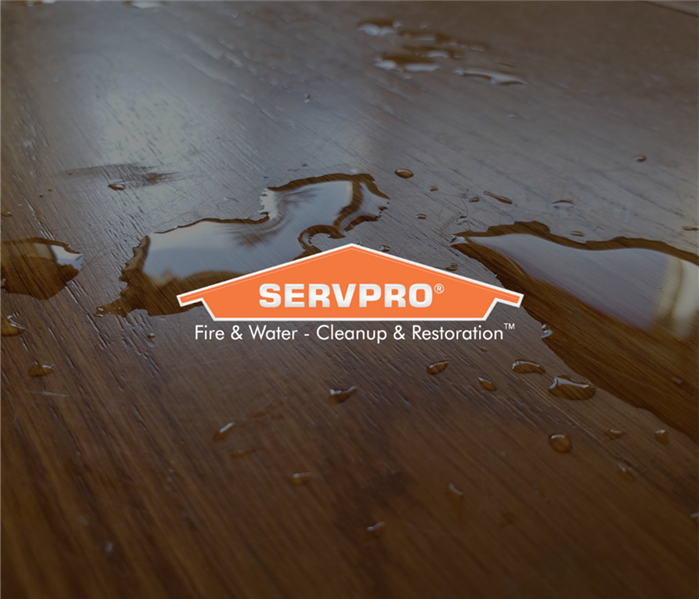How To Save Your Water-Damaged Wood Floor?
2/13/2022 (Permalink)
Wood flooring is many things – trendy, durable, and beautiful – but unfortunately, it’s not resistant to water damage. A water hazard can strike your home anytime. Hence, it is in your best interest to learn how to save your water-damaged wood floor. Wondering how you can do just that? By understanding and implementing the following tips:
? Property Inspection And Damage Assessment
Your first task is to survey the property to find the water source and stop it before beginning with the restoration process.
You should also conduct an assessment to determine the extent of the damage and whether the flooring is salvageable or needs replacement.
If you have laminate flooring, which is more susceptible to water damage than hardwood, you will most likely have to replace the damaged flooring.
? Remove Surface Water
The next step is to remove the surface water. While you can use mops or old rags, a shop vacuum would probably be most effective in getting all the water out.
In addition, remove any wet rugs, carpets, etc., from the area to prevent further damage.
? Clean The Floor
Mild detergent with a compatible disinfectant mixed in clean water is the best combination to scrub your floors clean – without making a dent in your pocket.
However, do not pour the mixture on the floor as that will only worsen the problem. Instead, begin with a few drops and use a stiff brush to scrub the surface thoroughly.
? Treat The Moldy Areas
If the flooring shows any signs of mold growth, treat it with TSP (trisodium phosphate) or TSP substitute mixed with water. Keep scrubbing until the mold and discoloration are cleared.
If the mold affected area is too large, it would be best to call in professionals to help with the problem. ? Dry The Floor
When drying the floor, be sure to do it slowly and naturally, as drying it too quickly may weaken it and cause it to crack. Directly applying heat is also highly discouraged!
Instead, fans, heaters, and natural airflow through open windows and doors might be a better alternative. ? Sand The Floor
It is possible that after drying the floor, you may notice cupping. This is when some floorboards are either bent upwards or downwards.
Sanding with a drum or an orbital sander can help restore minor cupping, but in case of extensive damage, you’ll have to face-nail the floorboards back down.
Get Professional Help To Save Your Wooden Floors
While we have listed the essential steps to save water-damaged floors at home, the process can get a little out of hand sometimes.
Therefore, we encourage getting experienced professionals on board to deal with extensive wood damage. Reach out to the experts at SERVPRO to manage the wood restoration process like a, well, pro.
Give us a call for your quote today at 706-965-7378. From Rising Fawn to Lyerly, Trenton to Rock Bridge, Ringgold to Lafayette, or anywhere in between, we take pride in serving your neighborhood! We are a locally owned and operated franchise with employees dedicated to providing a quality customer experience!





 24/7 Emergency Service
24/7 Emergency Service
